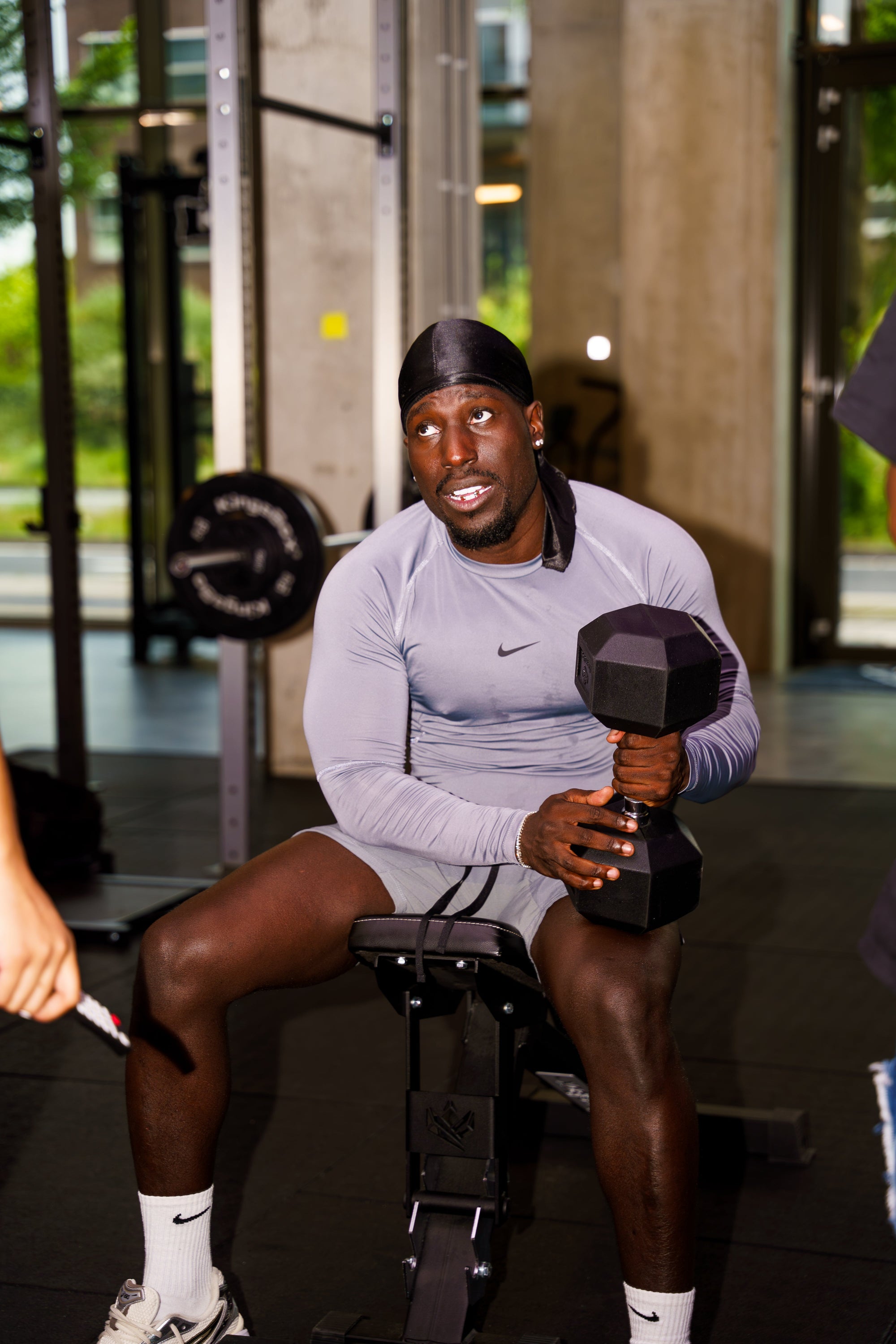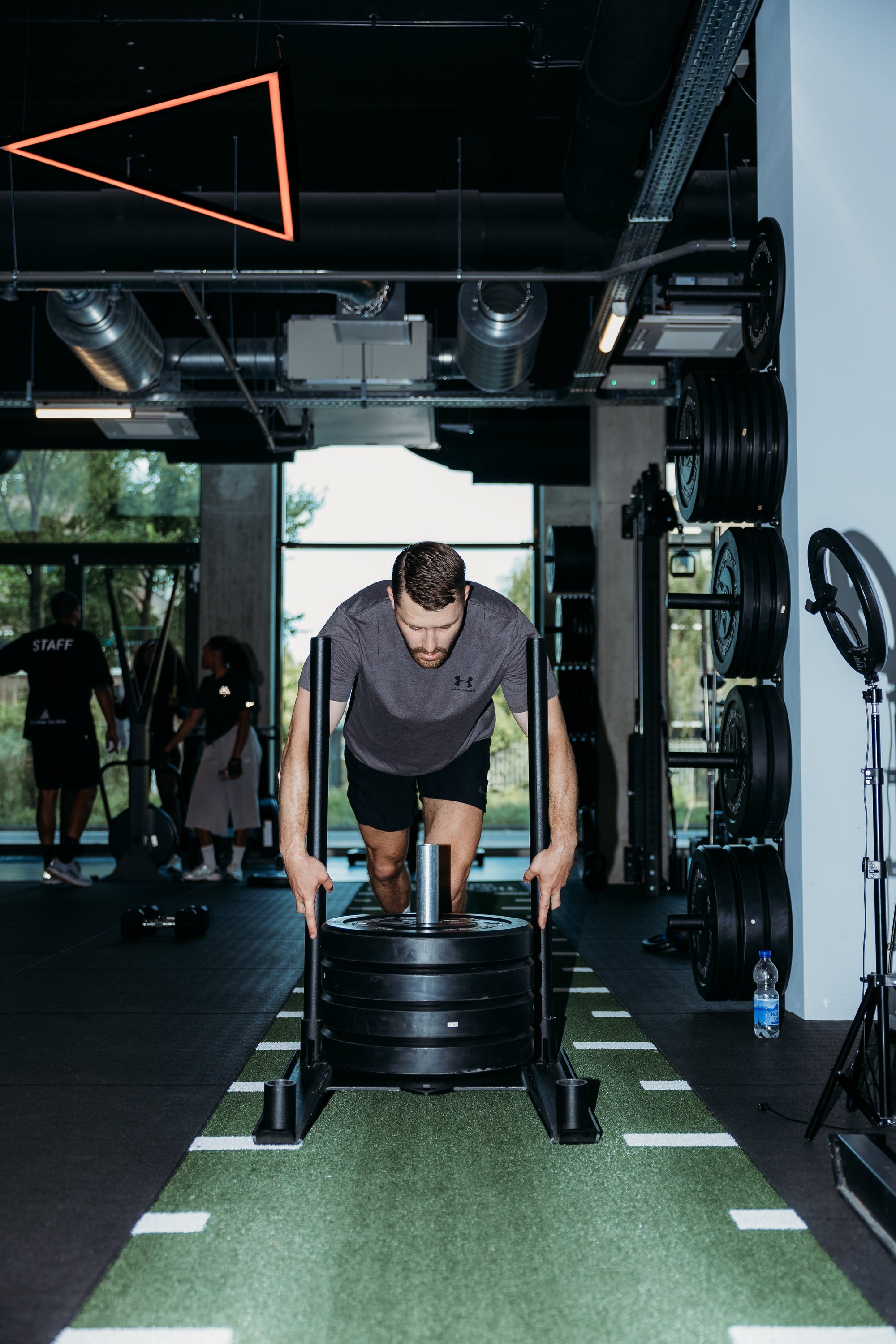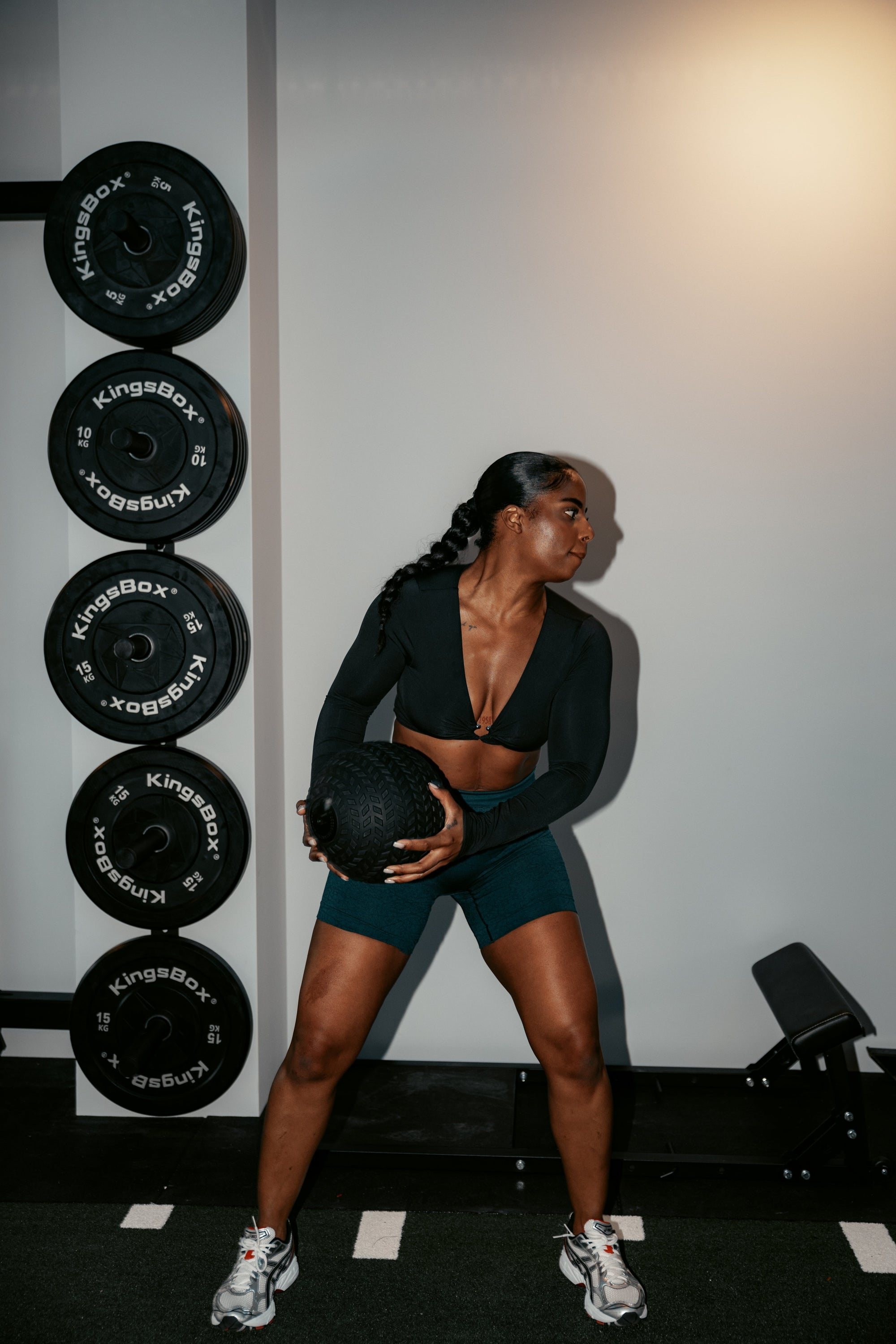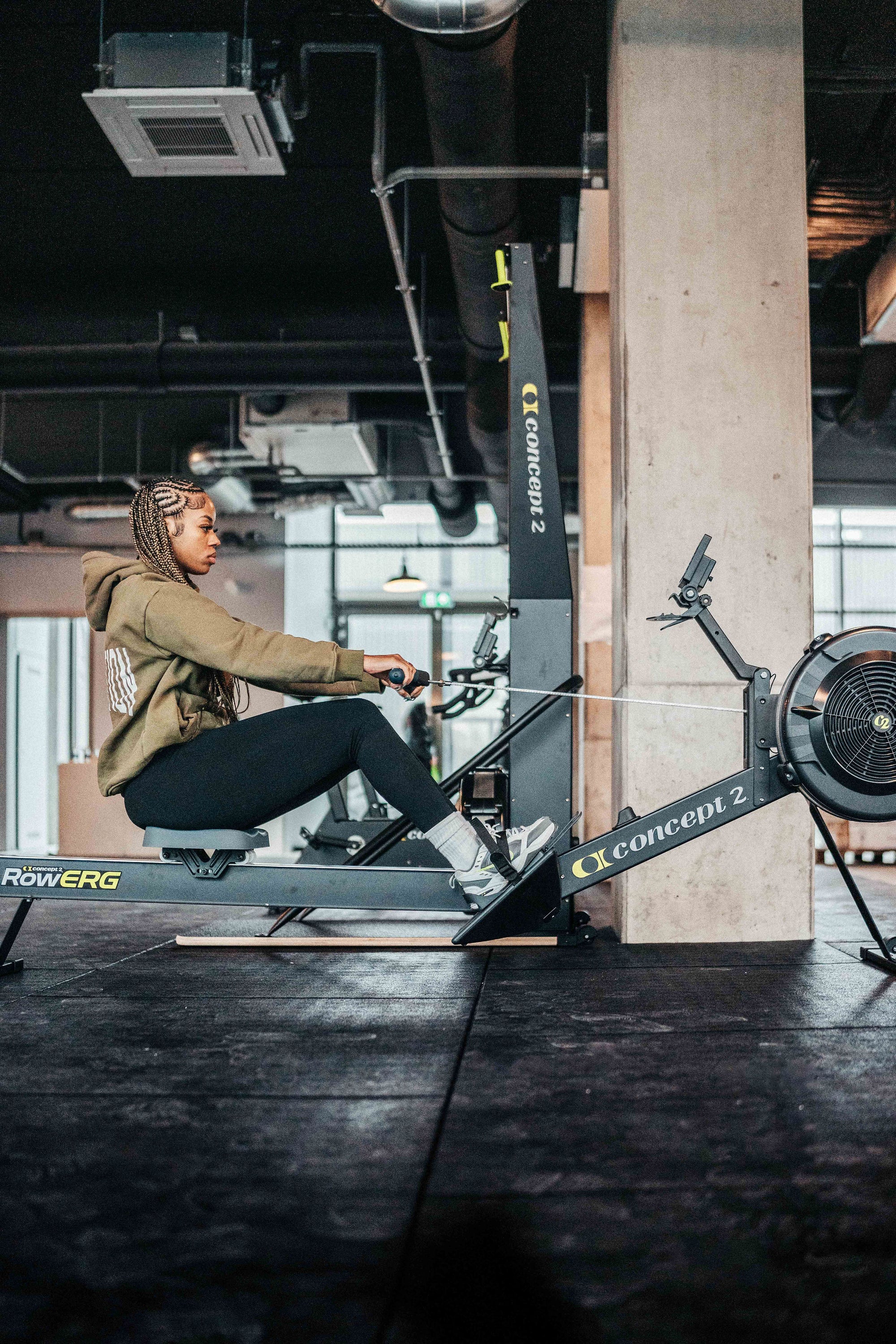Hyrox Training Myths Debunked: Separating Fact from Fiction for Champions
Champion, the road to Hyrox success is paved with a lot of advice—and not all of it is gold. There are countless myths out there that can lead you astray if you’re not careful. At BallinFit, we believe in evidence-based training and smart strategies. In this in-depth guide, we’re debunking common Hyrox training myths with rich, tangible examples and actionable insights from our head coach, Zwayder. Get ready to separate fact from fiction and build a training routine that truly works for you.
Myth 1: “You Must Train Non-Stop for Maximum Results”
The Myth:
Some say that more is always better. The idea is that if you’re not training 7 days a week at maximum intensity, you’re not giving it your all. This myth pushes athletes to overtrain, often leading to burnout or injury.
The Reality:
Quality always trumps quantity. Overtraining can lead to fatigue, decreased performance, and a higher risk of injury. Recovery and rest are just as important as high-intensity training.
Tangible Example:
Tom, one of our dedicated athletes, once followed a “no days off” regimen. He soon found himself chronically fatigued and prone to muscle strains. After working with Coach Zwayder, Tom shifted to a balanced schedule that included three high-intensity sessions per week and two active recovery days. Within months, his performance improved, and he felt stronger and more resilient.
Actionable Takeaway:
Plan your training with built-in rest and recovery. Incorporate active recovery days—like light jogging, yoga, or even a brisk walk—to allow your muscles to repair and grow. Use tools like heart rate variability tracking to monitor your recovery.
Myth 2: “More Weight Means More Strength”
The Myth:
Many believe that lifting heavier weights is the only path to building strength. This can lead to overloading your muscles too quickly, compromising form and increasing the risk of injury.
The Reality:
Progressive overload is key, but it must be applied intelligently. Building strength is about gradual increases and perfecting technique before adding extra weight.
Tangible Example:
Lisa initially tried to add too much weight during her strength sessions, which led to improper form and minor injuries. With Coach Zwayder’s guidance, she learned to focus on perfecting her technique with lighter weights first. Once her form was rock solid, she increased the resistance incrementally. This method not only improved her performance but also reduced her injury risk significantly.
Actionable Takeaway:
Focus on quality and consistency. Record your form during exercises like squats and deadlifts, and increase weights gradually—aim for a 5–10% increment once your technique is flawless. Consistency in form builds a stronger foundation than sporadic heavy lifting.
Myth 3: “Cardio Alone is Enough to Win a Hyrox Event”
The Myth:
Some athletes think that running endless miles is the key to winning Hyrox events, underestimating the importance of strength and functional training.
The Reality:
Hyrox is a multi-disciplinary challenge that requires a blend of strength, power, and endurance. Solely focusing on cardio neglects the explosive movements—like sled pushes and wall balls—that are critical in a Hyrox competition.
Tangible Example:
Alex used to focus almost exclusively on long-distance running. While his endurance was impressive, his performance at functional stations suffered due to lack of strength and power. After incorporating HIIT sessions and targeted strength drills into his routine—guided by Coach Zwayder—Alex improved his performance at the wall ball and sled push stations, leading to a more balanced and competitive race performance.
Actionable Takeaway:
Design a hybrid training routine that includes both steady-state cardio and high-intensity interval training (HIIT) along with strength exercises. For instance, alternate between 30-second sprints and 60-second recovery walks, and integrate compound lifts for overall strength.
Myth 4: “Technology Can Replace Good Coaching”
The Myth:
In today’s digital age, many believe that wearable tech, performance apps, and data analytics can do it all, sidelining the need for experienced coaching.
The Reality:
While technology is an invaluable tool, it can’t replace the nuanced insights, personalized feedback, and motivational support that a seasoned coach provides. Technology should complement, not substitute, expert guidance.
Tangible Example:
Mark relied heavily on his smartwatch to guide his training, but he soon found that data alone wasn’t enough to correct his form or adapt his strategy during races. After enrolling in sessions with Coach Zwayder at BallinFit, he learned how to interpret his data more effectively and implement personalized adjustments that improved his overall performance. The combination of tech and coaching propelled him to achieve faster times and a more sustainable training routine.
Actionable Takeaway:
Use technology as a tool to enhance your training, but seek out expert advice to interpret the data and make meaningful adjustments. Regular consultations with a coach can provide the human touch that transforms raw data into actionable insights.
Myth 5: “Injury is Inevitable in High-Intensity Training”
The Myth:
Some athletes resign themselves to the idea that injuries are an unavoidable part of training for Hyrox, leading them to push through pain rather than address it.
The Reality:
While high-intensity training does carry risks, proper technique, recovery, and smart programming can significantly reduce the likelihood of injury. Prevention is key, and with the right strategies, you can train hard without compromising your health.
Tangible Example:
Tom once ignored early signs of discomfort, believing that a little pain was part of the process. This approach led to a nagging knee injury that sidelined him for weeks. After a thorough consultation with Coach Zwayder, Tom adopted a proactive approach to injury prevention. He began incorporating regular stretching, foam rolling, and periodized training to allow for adequate recovery. As a result, his injury risk decreased, and he was able to train consistently without setbacks.
Actionable Takeaway:
Prioritize recovery and listen to your body. Incorporate daily stretching, active recovery, and regular check-ins with a coach to ensure any potential issues are addressed before they become serious injuries. Prevention is the best strategy for long-term success.
Myth 6: “Recovery is Passive—You Just Need to Rest”
The Myth:
Many believe that recovery simply means doing nothing. In reality, recovery is an active process that, when done correctly, can accelerate performance gains and reduce downtime.
The Reality:
Active recovery techniques—such as light cardio, dynamic stretching, and even meditation—can enhance blood flow, promote muscle repair, and reduce overall fatigue. Recovery is an essential part of your training that should be approached with as much attention as your workouts.
Tangible Example:
Emma used to spend her recovery days completely off, only to find that she was sluggish during her next training session. After switching to an active recovery routine that included a 20-minute yoga session and light cycling, she noticed significant improvements in her flexibility and overall energy levels. This change allowed her to train harder in subsequent sessions, proving that active recovery accelerates your progress.
Actionable Takeaway:
Integrate active recovery into your weekly routine. Even on rest days, engage in low-intensity activities that keep your muscles moving and promote circulation. Consider practices like yoga, swimming, or simply taking a brisk walk.
Champion, the journey to Hyrox success is paved with evidence-based practices and smart strategies. By debunking common myths, you can focus on what truly works—balanced training, proper recovery, data-driven adjustments, and the expert guidance of Coach Zwayder. Let these actionable insights empower you to train smarter, recover faster, and perform at your best.
Ready to separate fact from fiction and elevate your Hyrox training?
Visit BallinFit today to schedule a consultation, join our training sessions, or chat with Coach Zwayder and our BallinFit’ team. Let’s build your champion journey—one proven, myth-free step at a time!



